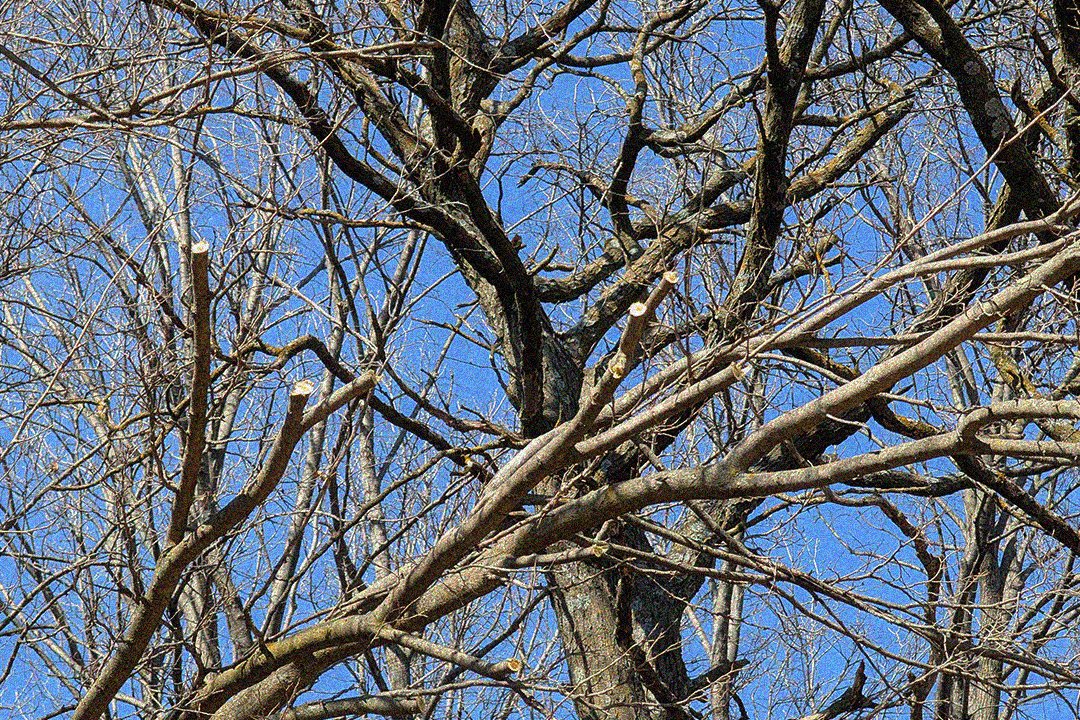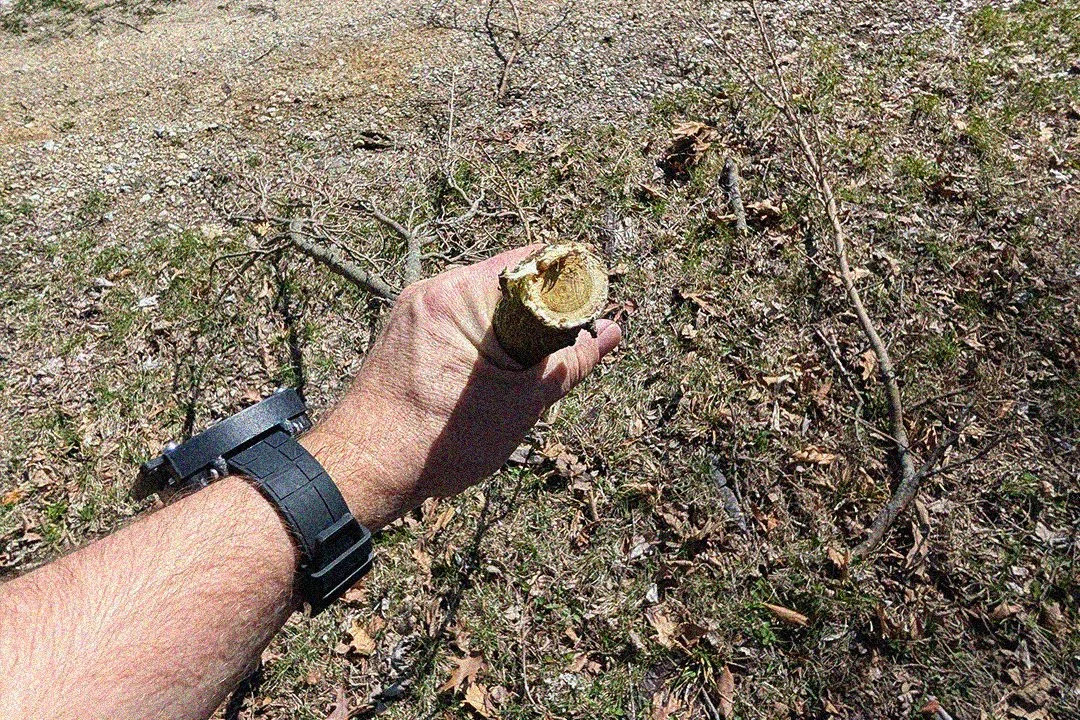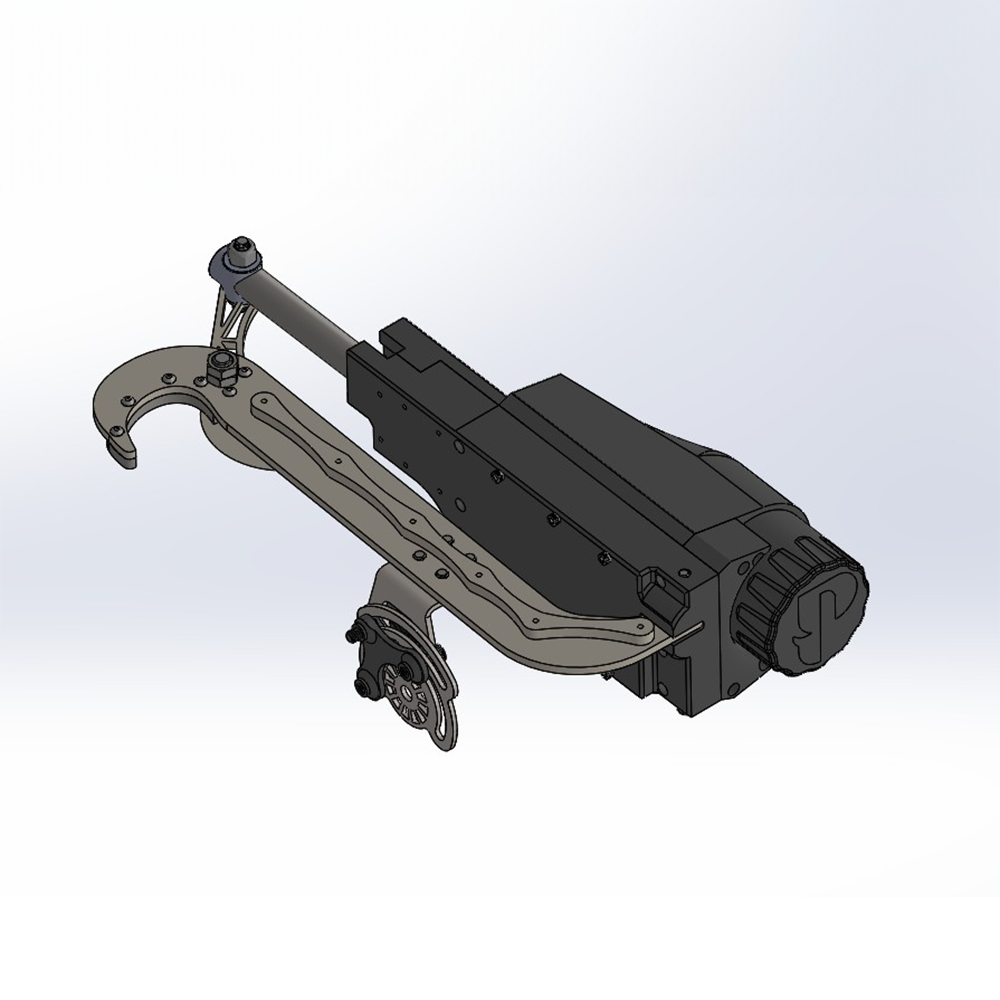
about
who we are
about pachyderm
industries
Pachyderm Industries is revolutionizing vegetation management and utility line tree trimming with cutting-edge wireless, robotic, and aerial cutting tools. We develop, manufacture, and sell groundbreaking products designed to save time, reduce costs, and enhance safety for professionals in the tree care industry.
our mission
Our mission is to create a safer, more productive, and sustainable world by staying at the forefront of innovation through continuous research and development. We aim to re-engineer the tree trimming industry, addressing its current shortcomings and promoting environmentally friendly practices.
our commitment
Pachyderm Industries is committed to the principles of safety, efficiency, and cost reduction—the golden trifecta. We are dedicated to providing cutting-edge solutions that empower tree care professionals and contribute to a more sustainable future.
OUR PRODUCTS
Built to Perform. Engineered to Last.
RCP175 WIRELESS POLE PRUNER
The RCP175 delivers efficient, ropeless pruning with wireless control and a 1.75" cutting throat powered by a 350 lb actuator. Designed for versatility, it features wrist and pole-mounted controls, a wireless camera with wrist monitor, hot stick compatibility, and a rechargeable battery—all packed in a heavy-duty case with optional extended warranty.
RCP250 WIRELESS POLE PRUNER
The RCP250 combines cutting-edge wireless control with powerful performance for safe, ropeless elevated pruning. Features include a 350 lb actuator, 2.5" cutting throat, wrist-mounted camera monitor, and hot stick compatibility—all in a compact, rechargeable design with a heavy-duty case and optional extended warranty.
BRANCH SAW
Our remote-operated, lightweight electric grapple saw is engineered to redefine timber cutting. It allows for safe and efficient removal of branches and logs from a distance.
Frequently asked questions
-
RCP175 Wireless Pole Pruner
A single user should limit height to 16ft, with more personal additional height is possible
BranchSaw
Height range is limited by visibility and ability to hoist unit into tree
-
The RCP175 Wireless Pole Pruner and the BranchSaw are both cutting tools designed for professional tree trimmers, but they serve different purposes and have distinct features:
RCP175 Wireless Pole Pruner:
Combines state-of-the-art technology with traditional pruning methods.
It is a new cutting device that integrates several successful technologies into a compact and lightweight tool.
It shares cutting mechanics with standard pole pruners, but it uses wireless technology and a lightweight electric actuator, eliminating the need for a rope.
It also features a optional wireless camera to help users position the blade accurately for cuts and allows for vertical stem cutting.
The RCP175 is designed to redefine ground-based pole pruning.
BranchSaw:
It is a lightweight electric grapple saw that can be operated remotely.
It can grab logs and branches with strong jaws and has a cutting head with a 14-inch bar and a unique oiling system that can spin 360° continuously.
The BranchSaw is designed to redefine timber cutting.
It provides a novel mechanism that enhances operational efficiency.
In summary, the RCP175 is a wireless pole pruner designed for trimming branches, while the BranchSaw is a remote-operated grapple saw designed for cutting timber.
-
Getting cutting tools safely and effectively into the canopy is a critical aspect of utility line tree trimming. At Pachyderm Industries, our tools are designed with various common industry practices in mind, ensuring they integrate seamlessly with your existing methods and equipment.
Here are the primary ways our tools are typically deployed:
Pachyderm Industries Branchsaws:
Manual Placement: For accessible branches or when working from a ladder, bucket truck, or when the user has climbed into the tree, our Branchsaws can be carefully and directly placed onto the target branch by the operator. This method offers immediate control and precision for specific cuts.
Rope Hoisting: For higher, more challenging branches, or when working from the ground, Branchsaws can be hoisted into the tree using a throw bag and ropes.This allows the operator to accurately position the saw from a safe distance, guiding it to the desired cutting location. This method is common for significant limb removal where the saw needs to be precisely maneuvered.
Pachyderm Industries Pole Pruners:
Arborist Poles & Hot Sticks: Our Pole Pruners are specifically designed to attach securely to standard arborist poles or "hot sticks." These poles are essential for extending reach while maintaining a safe distance from energized lines.
"Walking Up" Method: For arborist poles that are sectioned together. The most common method for deploying pole pruners involves a technique known as "walking up the pole." The base of the arborist pole or hot stick is kept stationary on the ground or a stable platform. The operator then carefully extends and guides the pole upwards, allowing the pruner head to ascend into the canopy. This method requires control and coordination to ensure the pole remains stable and the pruner is positioned accurately on the target branch. It's particularly effective for making precise cuts on smaller to medium-sized limbs from the ground or a bucket.
WHen using a telescoping hot stick. Securely attach the Pole Pruner to the end of the hot stick, with the stick staying vertical, start raising the sections upwards while keeping the unit balanced. Use help to make sure the unit does not sway or fall over.
Safety Note: Regardless of the deployment method, proper training, adherence to industry safety standards, and the use of appropriate personal protective equipment (PPE) are paramount when working with cutting tools in trees, especially near utility lines. Always assess the cutting environment and choose the safest and most efficient method for the task at hand.











